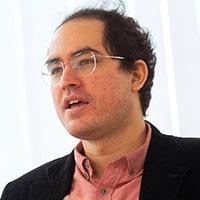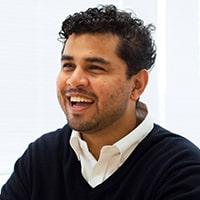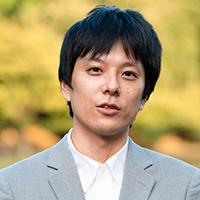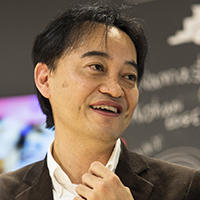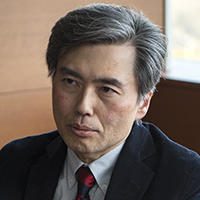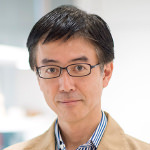SDM Voice|Associate Prof. Masahiro NIITSUMA

Associate Prof. Niitsuma graduated from the Keio University Faculty of Science and Technology. After completing his master’s degree at the School of Science for Open and Environmental Systems in the Keio University Graduate School of Science and Technology, he went on to earn his doctorate at the Graduate School of Queen’s University Belfast in the United Kingdom. Before taking up his current position at SDM in April 2021, he worked as an assistant professor first at the Department of Media Technology in the Ritsumeikan University College of Information Science and Engineering and then at the Aomori University Faculty of Software and Information Technology. His research interests include artificial intelligence, Bach studies, and bodily tendencies.
Profile
Associate Prof. Masahiro NIITSUMA
Associate Professor, Graduate School of System Design and Management, Keio University
Associate Prof. Niitsuma graduated from the Keio University Faculty of Science and Technology. After completing his master's degree at the School of Science for Open and Environmental Systems in the Keio University Graduate School of Science and Technology, he went on to earn his doctorate at the Graduate School of Queen's University Belfast in the United Kingdom. Before taking up his current position at SDM in April 2021, he worked as an assistant professor first at the Department of Media Technology in the Ritsumeikan University College of Information Science and Engineering and then at the Aomori University Faculty of Software and Information Technology. His research interests include artificial intelligence, Bach studies, and bodily tendencies.
Mathematics, Somatic Movement & AI: Research Built Upon Multiple Specialties

In the field of machine learning, which has recently become something of a buzzword, there is a method called cross-validation that is used to evaluate the accuracy of classifications. For example, when I came across handwriting by an unknown author while working on handwriting analysis for my doctorate, I hypothesized that it belonged to the Baroque composer Johann Sebastian Bach by using an AI that cross-verified the sample against handwriting historically known to be his. Even though the AI had an accuracy of around 80%, handwriting analysis experts and Bach scholars who had dedicated their lives to their work were unconvinced with the numbers upon which I based my hypothesis. No matter how advanced AI becomes, in the end, what matters most is human interpretability and the surrounding context of the data. This makes sense to me now, but I had a much narrower outlook back in grad school, and I couldn't quite understand why the data didn't just speak for itself. The push to recognize the interpretability and contextual nature of data has since evolved into its own field of study called Explainable Artificial Intelligence or XAI.
This issue led me to think about what it means to truly "understand" something. As a result, I sensed that the answer was related to the possibility of forming mental images and that it would be difficult for any research to penetrate the meaning of this without taking into account the dimension of physicality.
Around that same time, I encountered the theory of taiheki, or bodily tendencies, and Noguchi Seitai, a Japanese form of therapeutic massage, both developed by Haruchika Noguchi and based on his unique observations of the human body. The concept of "directionality" is of particular importance in Noguchi's thought. Certain sounds may come across as music to some people's ears but mere noise to others. This difference could be explained by perceiving the directionality of our bodies. Music is life in miniature, and although a bit of a leap, life can also be seen as a phenomenon of this "directionality." Some time ago, a physicist named Adrian Bejan famously said that everything evolves into a configuration that facilitates easier flow. His constructal law may also relate to the fact that phenomena appear to us in conformity with the directionality of our bodies. I believe that understanding this concept will be indispensable for us as a society in navigating the modern world.
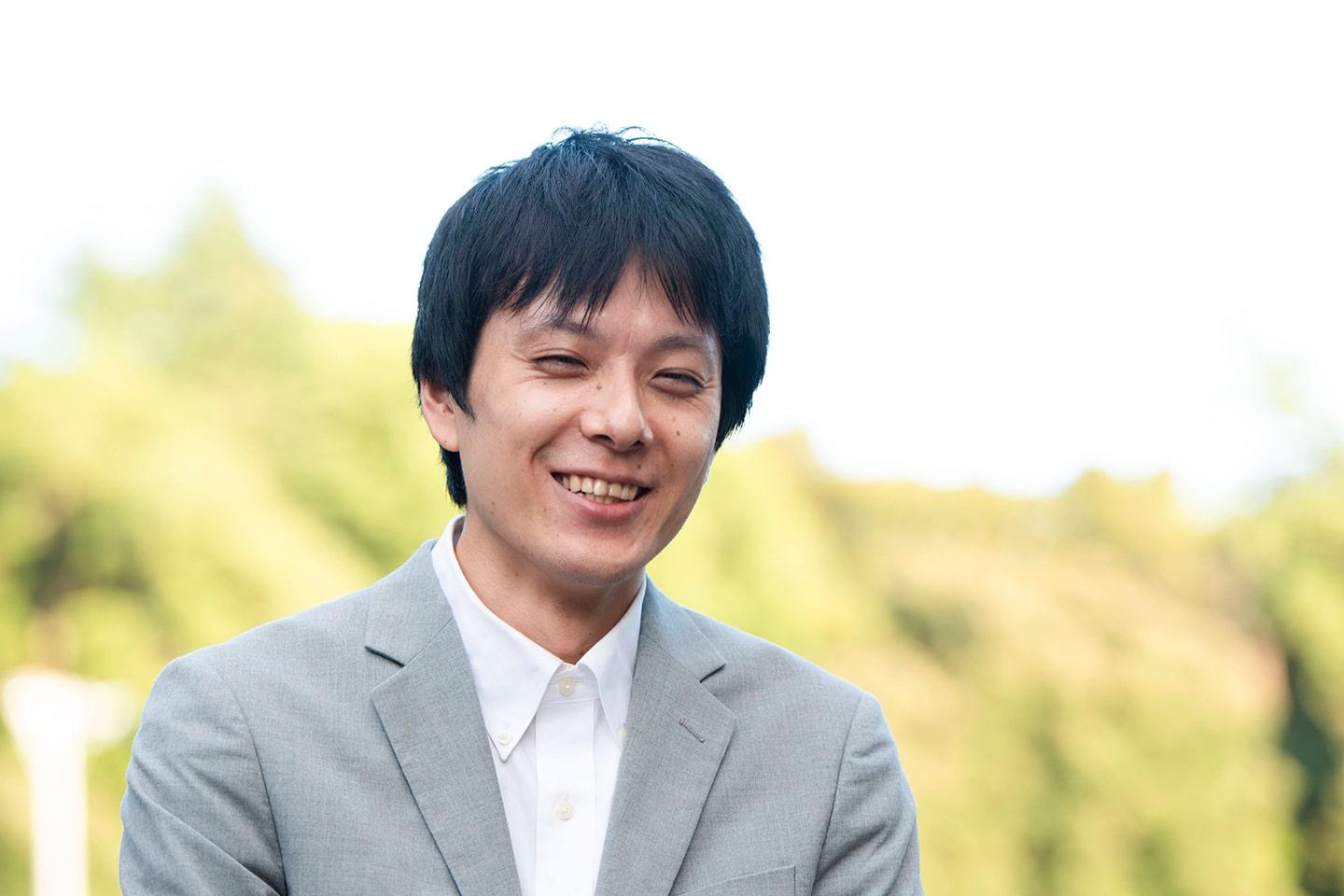
For example, some people will lean on the backrest after sitting in a chair for too long. Yet others do not. The difference is to be found in the directionality (forward and backward) of their bodies. Therefore, creating a chair that truly fits a specific person should be possible if made with directionality in mind. And this applies to more than just chairs. For instance, each person holds the steering wheel of a car differently. By paying attention to the "directionality" of the body, it should be possible to create innovative designs, such as tools made to the specific requirements of different individuals. What is interesting is the fact that this idea of "directionality" consistently reveals itself in any number of areas.
Everyone's body is made differently, and we all have contrasting habits. By redesigning social systems based on these "directionalities," society should become more open to diversity. More than anything, I believe this will serve as a foothold for changing the overly brain-centric culture of modern society into one that is based more on the principle of altruism according to the innate nature of each individual.
What Issues Need to be Solved? And Who are We Solving Them For?
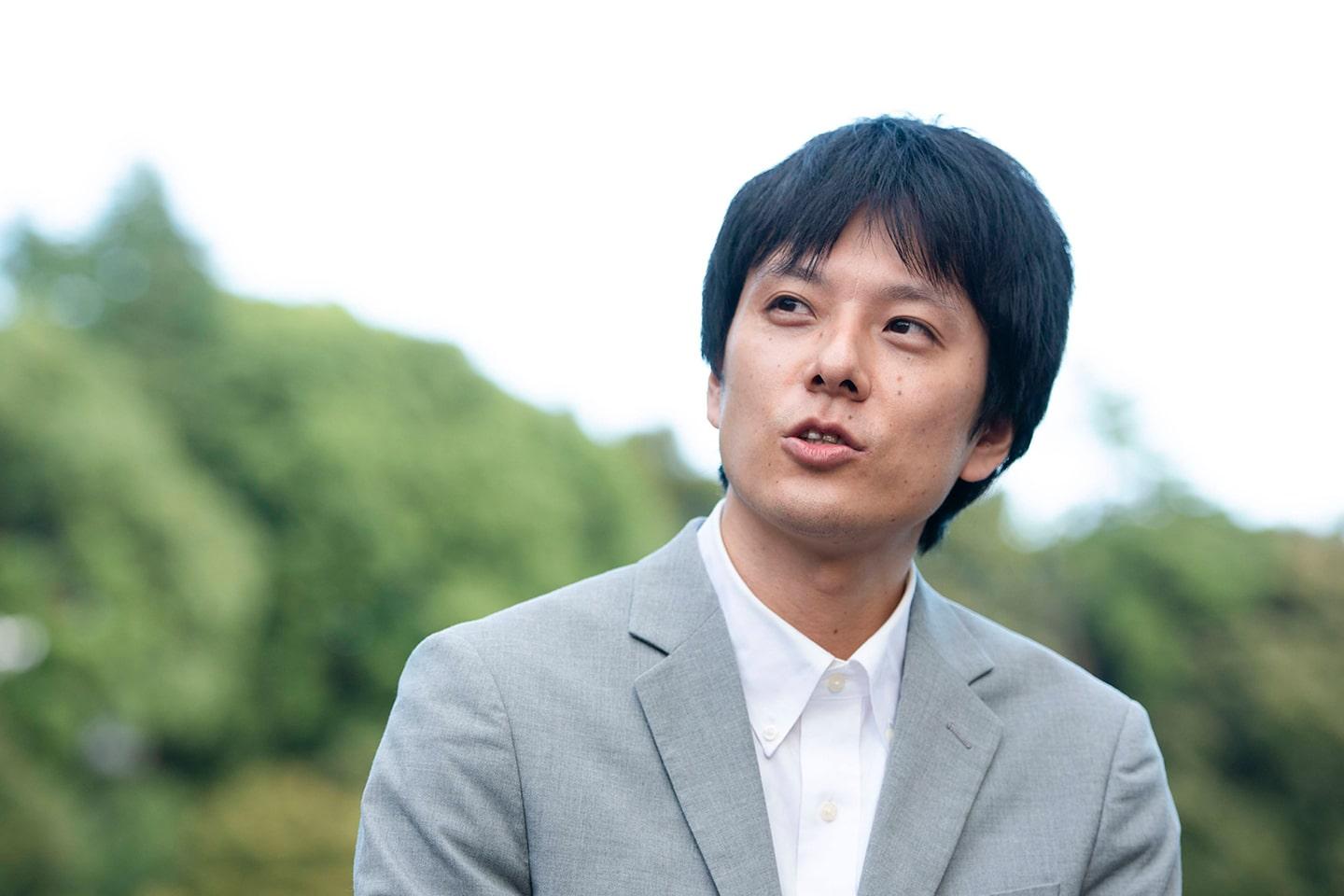
One of the things that makes SDM unique is how it incorporates systems engineering, for which the ideas of analysis, decomposition, and synthesis can supposedly be traced back to Descartes's Discourse on the Method. I think the main thing that sets SDM apart is best expressed through its philosophy of "seeing the forest and the trees." Expanding on this analogy, we could say that we must leave the forest to have a bird's-eye view of the task at hand. But if we only look at the forest, we miss the details of the individual trees, which is not good. We must look at the trees as well. It is essential to see both the trees and the forest at the same time. At SDM, students are taught how to do just this systematically.
You hear a lot about AI as a solution these days, but from a systems engineering approach, you first need to address what issue you are trying to solve and understand who will benefit. When analyzing data, too, we must strive for a comprehensive understanding of what the data is showing. Otherwise, the results of our analysis may end up being of no practical use. Even if the results appear useful in the short term, they could end up causing harm in the long term.
When considering how the real-world applications of AI and data science will continue to expand in the future, I think it is imperative that we also learn the concepts of systems engineering. One truth of our world is that where there is light, there must be shadow. I think the source of many of the issues faced by society today lies in our habit of only looking at the light. By learning to comprehend organic interactions multi-dimensionally and using the systems engineering approach to see issues holistically, we can rectify simplistic notions of right and wrong and increase the number of leaders who will adopt a non-dualistic, balanced view of the world. I hope that our efforts at SDM will assist in creating a society that encourages personal growth, one where people can fully realize their innate potential as individuals, and also as a whole.



